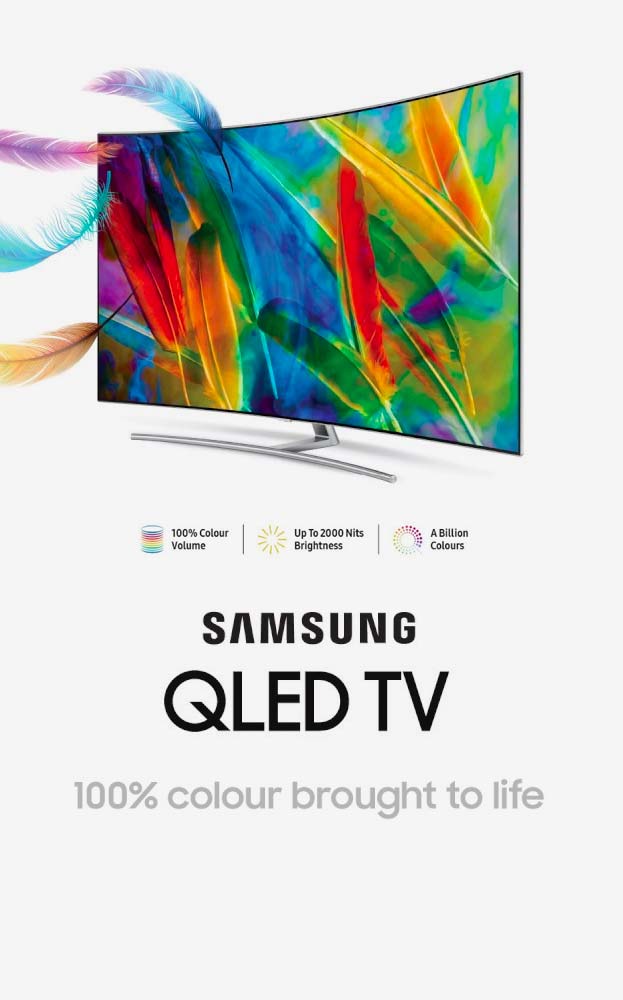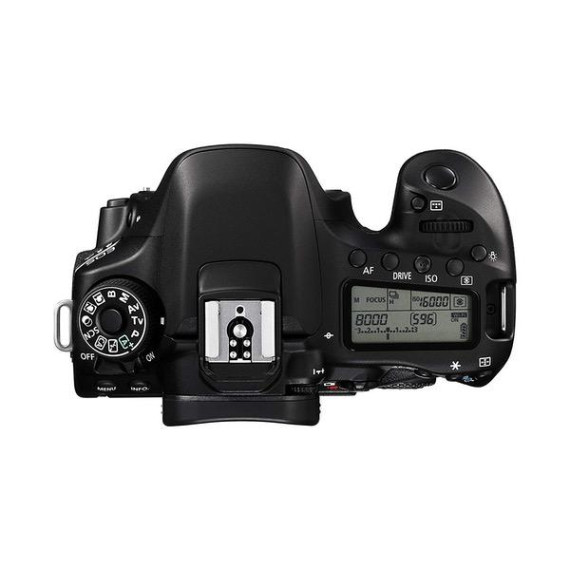Canon Digital SLR Camera Body [EOS 80D] with EF-S 18-55mm f/3.5-5.6 Image Stabilization STM Lens with 24.2 Megapixel (APS-C) CMOS Sensor and Dual Pixel CMOS AF - Black

Showing 10 of 20 reviews
| Sort by Price | Sort by Availability | Sort by CODE | Sort by Style | Sort by Configuration |
|---|---|---|---|---|
|
€37469
€93672
|
In stock
|
B01BUYJX6G
|
Style:
|
Configuration:
|
|
€74141
|
In stock
|
B01BUYJXMA
|
Style:
|
Configuration:
|
|
€70234
|
In stock
|
B01BUYK04A
|
Style:
|
Configuration:
|
|
€34313
€85781
|
In stock
|
B07D7FQXXG
|
Style:
|
Configuration:
|
|
€44500
€1,11250
|
In stock
|
B07CS6CCXW
|
Style:
|
Configuration:
|
|
€42750
€1,06875
|
In stock
|
B07HNWBPKJ
|
Style:
|
Configuration:
|
|
€40594
€1,01484
|
In stock
|
B01H8CWRBM
|
Style:
|
Configuration:
|
|
Contact us for a price
|
In stock
|
B07CSXR185
|
Style:
|
Configuration:
|




































